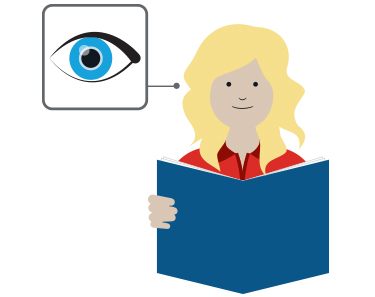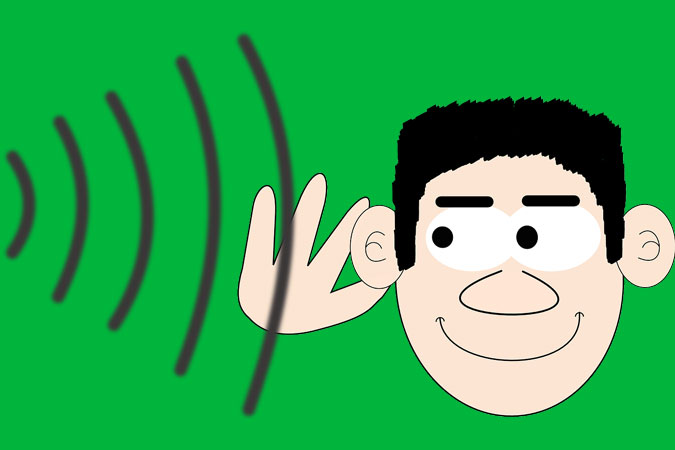Creating a lesson plan is an important aspect of instructional design. Lesson plans allow professors to create learning objectives, organize and deliver course content, and plan and prepare learning activities and materials. It also outlines the type of informal or formal assessment methods professors will use in their classrooms.
Accordind to Rome 2014, successful lesson plan addresses and integrates three key components:
Learning Objectives
Learning activities
Assessment to check for student understanding
A lesson plan is the instructor’s road map of what students need to learn and how it will be done effectively during the class time. Then, a teacher can design appropriate learning activities and develop strategies to obtain feedback on student learning. Having a carefully constructed lesson plan for each 3-hour lesson allows teachers to enter the classroom with more confidence and maximizes their chance of having a meaningful learning experience with students.
Bibliography
Mike Rome April 13 2014 Good Lesson Planning









